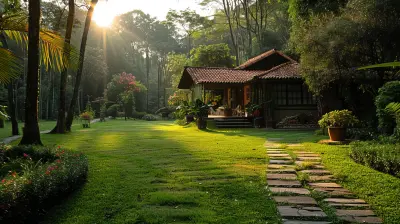Responsible Travel: Visiting Indigenous Communities Respectfully
1 October 2025
Travel is one of the most enriching experiences in life. It gives us the chance to see new places, meet different people, and immerse ourselves in cultures that broaden our perspectives. But when it comes to visiting indigenous communities, there's an added layer of responsibility. How do we ensure our presence is respectful, meaningful, and beneficial to the people who call these places home?
This guide walks you through the principles of responsible travel when visiting indigenous communities. Whether you're an adventure seeker, a cultural enthusiast, or just someone with a deep appreciation for history and tradition, this article will help you navigate your journey with awareness and respect. 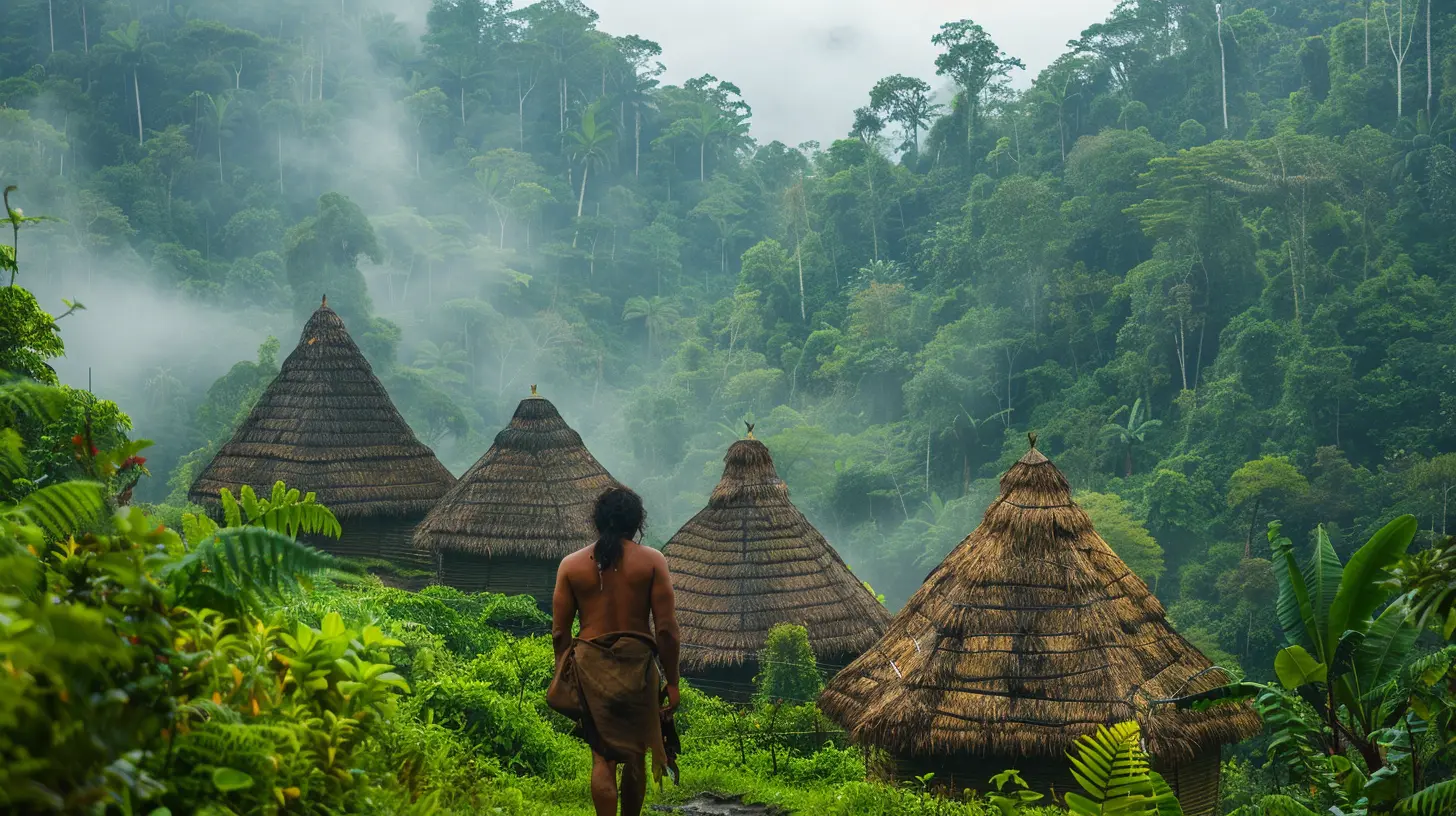
Why Responsible Travel Matters
Indigenous communities worldwide have been caretakers of their lands for centuries, preserving traditions, languages, and customs that form the backbone of their identity. Unfortunately, tourism—when done irresponsibly—can disrupt their way of life, exploit their resources, and even threaten their cultural heritage.That’s why responsible travel is essential. It's not just about having a great trip; it’s about ensuring that your presence contributes positively rather than causing harm.
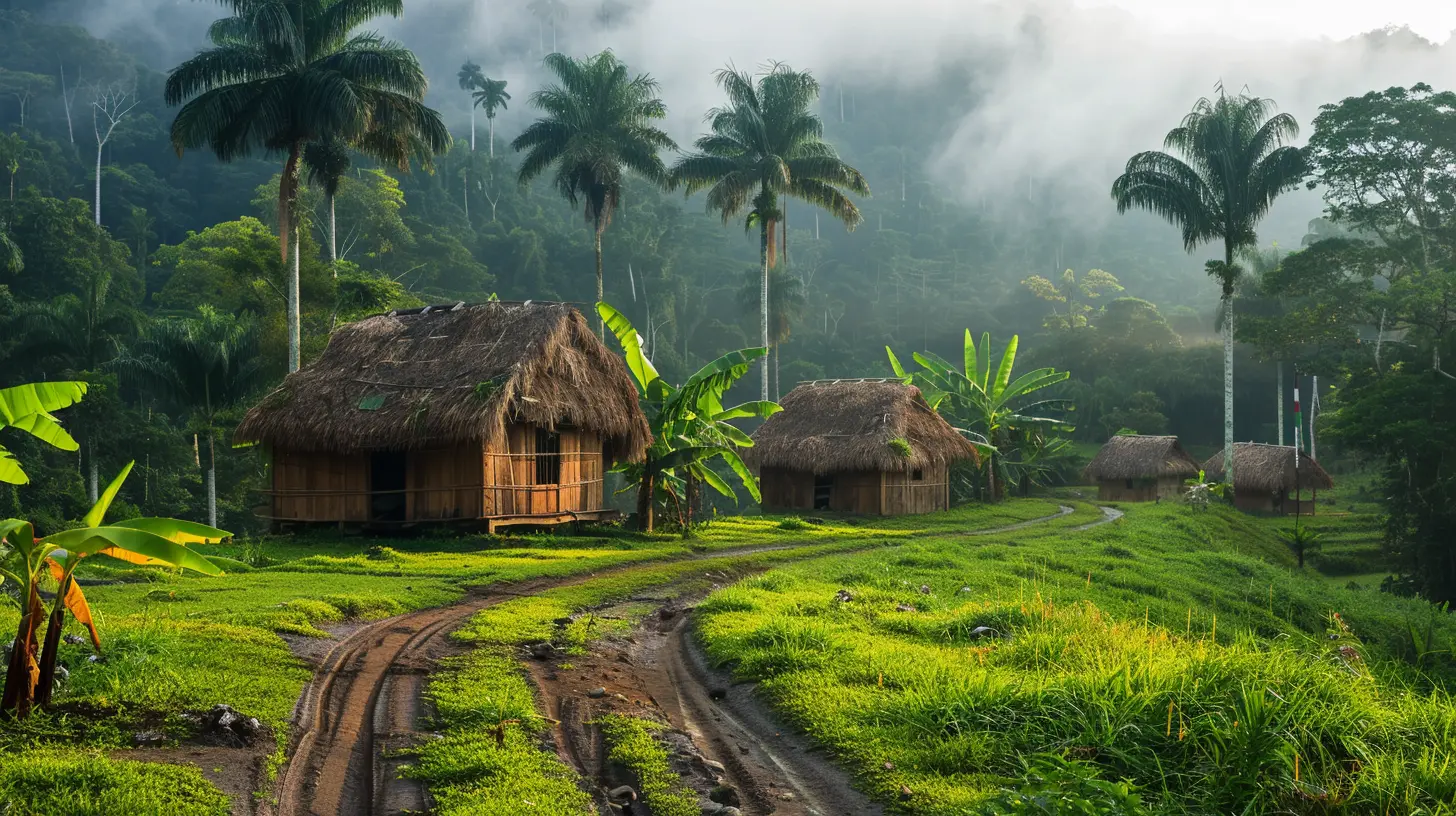
The Risks of Irresponsible Tourism
Before we dive into the best practices, let’s talk about what can go wrong when tourism lacks responsibility:- Cultural Appropriation – Taking elements of indigenous culture (like clothing or rituals) without understanding their significance can be disrespectful.
- Commercial Exploitation – Some businesses profit off indigenous traditions without benefiting the communities themselves.
- Environmental Damage – Many indigenous communities live in biodiverse regions that suffer from mass tourism’s footprint.
- Loss of Authenticity – As tourism grows, some traditions may be altered or staged purely for visitors, altering their true meaning.
So, how can we travel responsibly while fostering mutual respect and understanding? 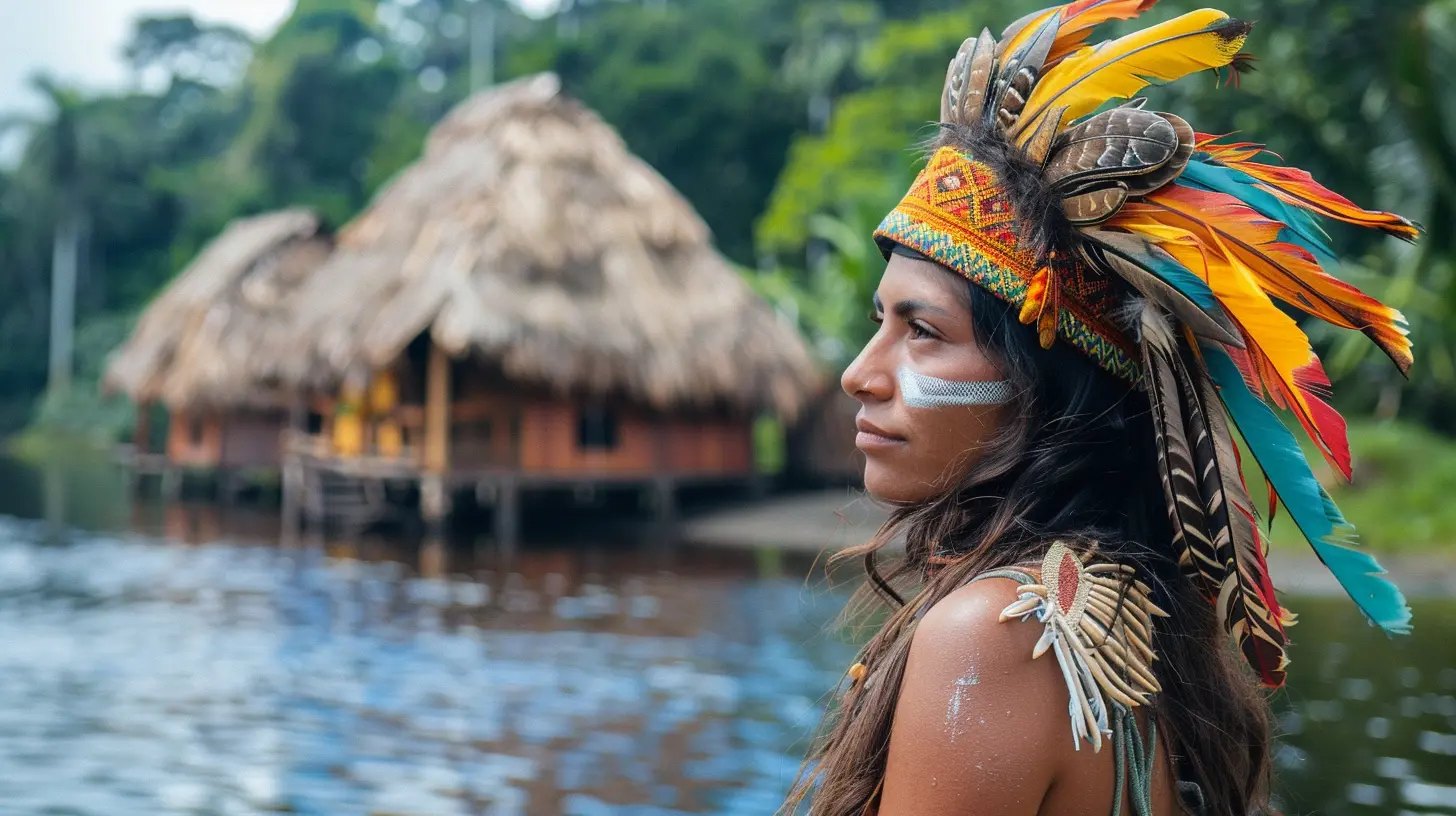
How to Visit Indigenous Communities Respectfully
1. Do Your Homework Before You Go
Respect starts before you even arrive. Research the community you plan to visit—its history, traditions, and any guidelines for visitors. Some customs may be vastly different from what you're used to, and understanding them in advance can prevent unintentional offenses.A good place to start is by checking if the community has an official website or social media pages. Many indigenous groups share visitor guidelines online.
- Is it customary to ask permission before taking photos?
- Are there specific dress codes you should follow?
- Are there restricted areas that should be avoided?
Knowledge is power, and in this case, it’s also a sign of respect.
2. Support Indigenous-Owned Tourism Initiatives
One of the best ways to ensure your visit benefits locals is by choosing experiences that are indigenous-led. Many indigenous communities now offer guided tours, homestays, craft markets, and cultural performances.When you book directly through these businesses, your money goes straight to the community instead of a third party. This helps preserve traditions while providing economic opportunities.
Look for:
✅ Locally guided cultural tours
✅ Community-run lodges and homestays
✅ Artisans selling handmade crafts (rather than mass-produced souvenirs)
3. Seek Permission and Respect Privacy
Would you want a stranger walking into your home uninvited? Probably not. The same applies to indigenous communities.Always ask for permission before entering villages, homes, or sacred sites. Just because you're traveling doesn't mean you have unrestricted access.
Photography is another major consideration. Some communities prohibit taking pictures of sacred objects or ceremonies. Always ask before snapping a photo—some people may feel uncomfortable being photographed, and their wishes should be respected.
4. Dress Modestly and Respect Cultural Norms
Different cultures have different expectations when it comes to dress. What’s perfectly acceptable in a Western city might be inappropriate in a rural indigenous village.As a rule of thumb:
- Avoid overly revealing clothing, especially in conservative communities.
- If unsure, opt for neutral and respectful attire.
- Observe what locals wear and follow their lead.
It’s a small effort that shows you’re considerate of their customs.
5. Engage, But Don't Exotify
There’s a fine line between genuine curiosity and turning people into "exotic attractions." Indigenous communities are not theme parks; they are living, breathing cultures with histories, struggles, and triumphs.Instead of treating people as tourist attractions, engage with sincerity:
- Ask meaningful questions about their traditions and way of life.
- Listen more than you speak.
- Be open to learning rather than making assumptions.
The goal is to connect as human beings, not just as a visitor passing through.
6. Shop Ethically and Avoid Bargaining Too Aggressively
Handmade crafts, textiles, and artworks are often a significant source of income for indigenous artisans. When you buy directly from them, you’re supporting their livelihood.However, avoid haggling excessively, especially if the item is handcrafted. What might seem like a “good deal” to you could be undervaluing weeks of labor and skill. Pay fairly and acknowledge the craftsmanship that went into the product.
Also, be cautious of fake souvenirs. Mass-produced imitations often flood the market, taking away potential earnings from indigenous artisans.
7. Leave No Trace
Many indigenous communities reside in ecologically sensitive areas, such as rainforests, deserts, or mountainous regions. Practicing sustainable tourism is crucial:- Carry out all trash you bring in.
- Stick to designated paths when hiking to avoid damaging flora and fauna.
- Use environmentally friendly products, especially when visiting water sources.
Treat their land with the respect it deserves—after all, their ancestors have been its stewards for generations.
8. Give Back, But Do It Right
Many travelers want to "give back," which is great, but it has to be done in a way that truly benefits the community.Instead of donating money to random individuals, consider:
- Supporting a local school or community project.
- Volunteering with ethical organizations that have long-term commitments to the community.
- Buying goods and services directly from locally owned businesses.
Avoid “voluntourism” opportunities that do more harm than good. Short-term volunteering without proper understanding or training can sometimes create dependency rather than sustainable solutions. 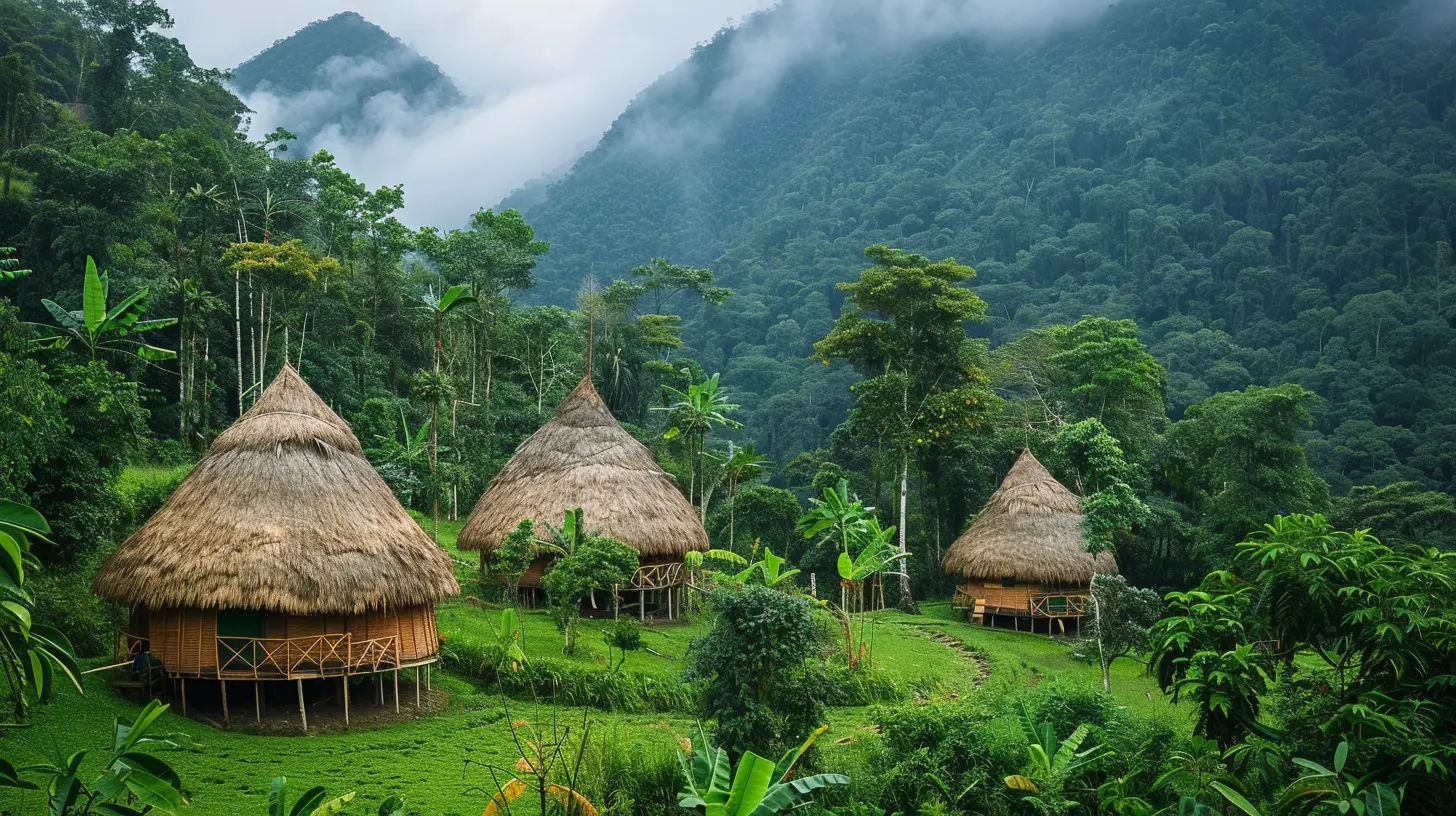
Final Thoughts
Visiting indigenous communities is a privilege, not a right. It’s an opportunity to learn, to connect, and to broaden our understanding of the world. But with that privilege comes responsibility—ensuring that our presence uplifts rather than exploits; that we participate with respect rather than entitlement.When done mindfully, sustainable tourism can be a force for good. It can support cultural preservation, provide economic benefits, and create meaningful cross-cultural exchanges. The key? Approach with humility, curiosity, and a genuine desire to leave a positive impact.
The next time you're planning to visit an indigenous community, take a moment to reflect: Am I being a responsible traveler?
If the answer is yes, you’re on the right path.
all images in this post were generated using AI tools
Category:
Eco TravelAuthor:

Kelly Hall
Discussion
rate this article
1 comments
Clarissa McDougal
Fascinating insights! How can we engage thoughtfully?
October 3, 2025 at 3:21 PM

Kelly Hall
Thank you! Engaging thoughtfully involves listening to community voices, respecting their customs, and supporting local initiatives. Prioritize meaningful interactions and ensure your presence contributes positively to their culture and environment.

